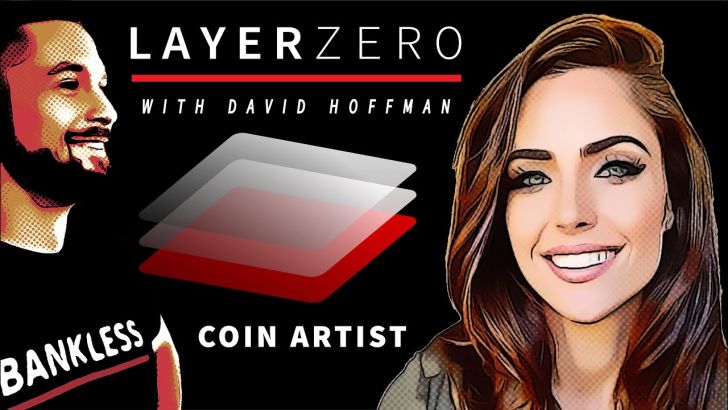
Self-custodial staking ensures community retains control
From July 1st to July 30th, Immutable X will hold its first staking cycle. This will be followed by a move to self-custodial staking where users will retain full control of their assets. Recent industry events may have dented confidence in web3, but companies who keep their customers at the front of their thoughts continue to thrive.
Summary
- The first Immutable X staking cycle will start on July 1st and run until July 30th.
- The first phase of staking will begin with automatic rewards for active IMX users at the end of every cycle. In time, Immutable X will switch to a self-custodial staking process with an interactive dashboard.
- DappRadar’s new cross-chain staking protocol will launch at the same time and will also give users full self-custodial control of their blockchain assets.
Following recent crises like the Terra stablecoin implosion and Celsius freezing customers’ wallets, renewed attention has been directed at the issue of ownership in web3.
Self-custodial staking has become a hot topic as people have grown concerned that their assets can be taken if it’s in a company’s interest. Decentralization and ownership are cornerstones of web3; organizations suspending your funds is not supposed to happen.
It’s with these conversations and issues in mind that Immutable X has launched its new staking feature. Front and center of the campaign is the idea that ‘your assets should always be yours.’
How does Immutable X staking work?
To be eligible for the first phase of staking, users need to hold a minimum of 10 IMX tokens in the Immutable X layer 2 wallet throughout the cycle. They also need to trade at least one NFT, using their wallet.
After the first staking cycle ends on July 30th, Immutable X will distribute rewards to every wallet that matches the criteria. Rewards will be based on the proportion of IMX each user contributes to the overall staking pool. So if there are 100 tokens overall and you put in 30 of them, you will receive 30% of all rewards.
The second phase of staking begins in September and is spurred by ‘recent industry events’, in the words of Immutable X. It’s a self-custodial staking system where withdrawals will never be paused.
Implementing a protocol where users can move their assets in and out, at any time, will take developers a few months to configure. This is why Immutable X has decided on a phased approach, so that people can start earning rewards as soon as possible.
See your tokens, NFTs and DeFi positions across different blockchains, all in one place. Connect your Web3 wallet and check out your portfolio!
What is staking and DappRadar’s new cross-chain staking?
Staking is where a proof-of-stake (PoS) token-holder locks their tokens. For this, they are compensated through block rewards and transaction fees. Ever wondered where those Ethereum gas fees go? Lots of it goes to stakers as rewards for validating blockchain transactions.
PoS protocols have been around since 2012 but have gained prominence in the past few years, especially in DeFi, as platforms and organizations look for inventive ways to use PoS to make money. The Curve Wars, which DappRadar has written about, are a good example of how staking cryptocurrencies can lead to big profits
DappRadar is leading a new innovation in staking, with our cross-chain staking protocol. In a nutshell, users can stake RADAR tokens and earn rewards in another cryptocurrency, like ETH or BNB.
We’ve done this because DappRadar is a multi-chain platform. Our goal from the beginning was to organize and present data from every blockchain. So instead of working with only one or two blockchains, we want our users to be able to earn rewards from whichever one they use.
For a full guide on how to stake across chains and earn rewards in your cryptocurrency of choice, go to DappRadar’s guide on cross-chain staking.
Why self-custodial staking is important
Firstly, we should define what self-custodial staking is. It’s staking where the delegator remains in full control of their tokens. This means the staker only delegates the voting rights of each PoS token, and doesn’t lose their ability to move their assets to where they want them.
Self-custodial stalking is important because being in control of blockchain assets is a key feature of the technology. It’s no good a company telling you your funds are your own, only for them to stop you from withdrawing them when they need to maintain liquidity, as in the case of Celsius.
True web3 platforms, like Immutable X, have seen how some platforms have reneged on their promises and want to assure their community that they won’t do the same. This is all part of their strategy to onboard as many people as possible into blockchain technologies.
Sustainable progress is the key to the long-term future of web3. Organizations that stick to their stated ideals will help the whole space move forward and make sure that new people keep coming aboard. More platforms like Immutable X will help to foster certainty and trust.



